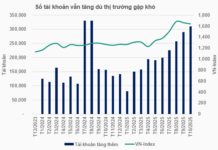In the past decade, SUVs have surpassed sedans as the best-selling segment. The high practicality of SUVs, spacious cabins with 2/3 rows of seats, and the level of convenience that is now on par with sedans instead of lagging behind as it did in previous decades, are some reasons why SUVs have won the hearts of users worldwide.
However, the “king swap” has also resulted in a rapid increase in the average size of vehicles. Cars today are getting longer, wider, and heavier (due to the emergence of electrification technology) than ever before. Each new generation of models takes the opportunity to “nudge” the size a little more, further highlighting the above factors.
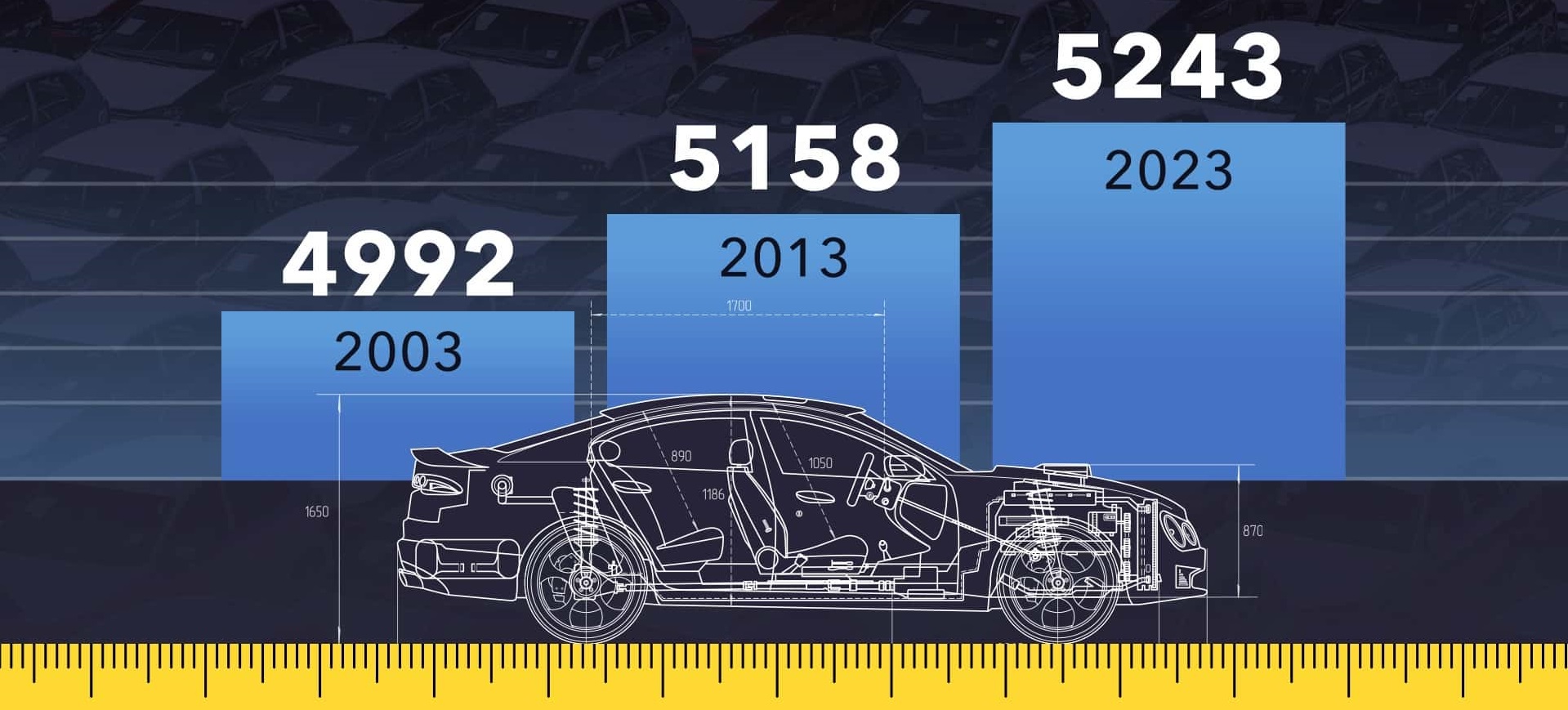
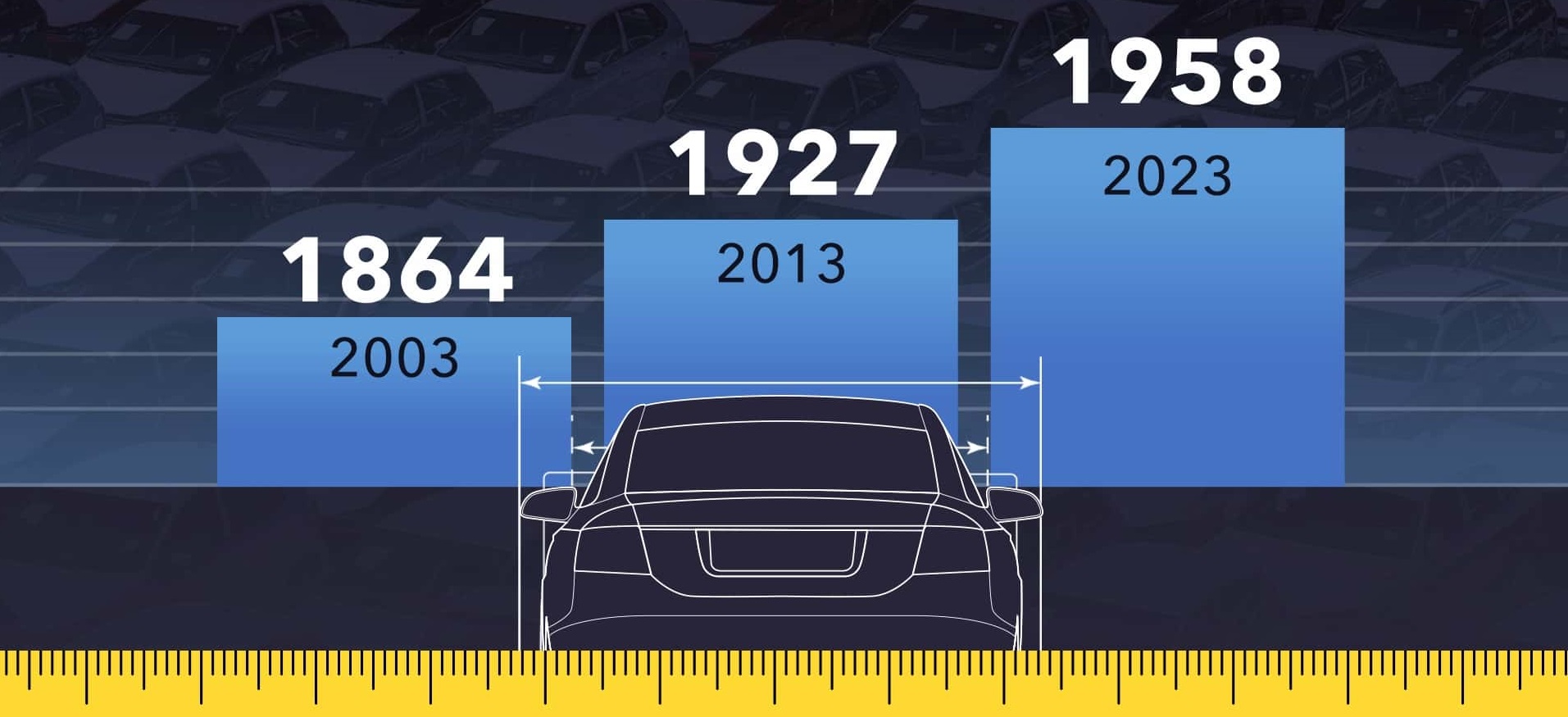
The length and width dimensions of cars in the US over the past 20 years in mm. Photo: Motor1
These changes directly affect the transportation infrastructure. Heavier cars can cause roads to deteriorate faster, while larger cars make the road space narrower.
According to data from JATO Dynamics – a trusted vehicle data collection organization established since 1984, the average length of cars in the US (arguably the largest consumer of large-sized cars in the world) has increased from 4,992 to 5,243 mm from 2003 to 2023. The width of cars has also increased from 1,864 to 1,958 mm in the same period.
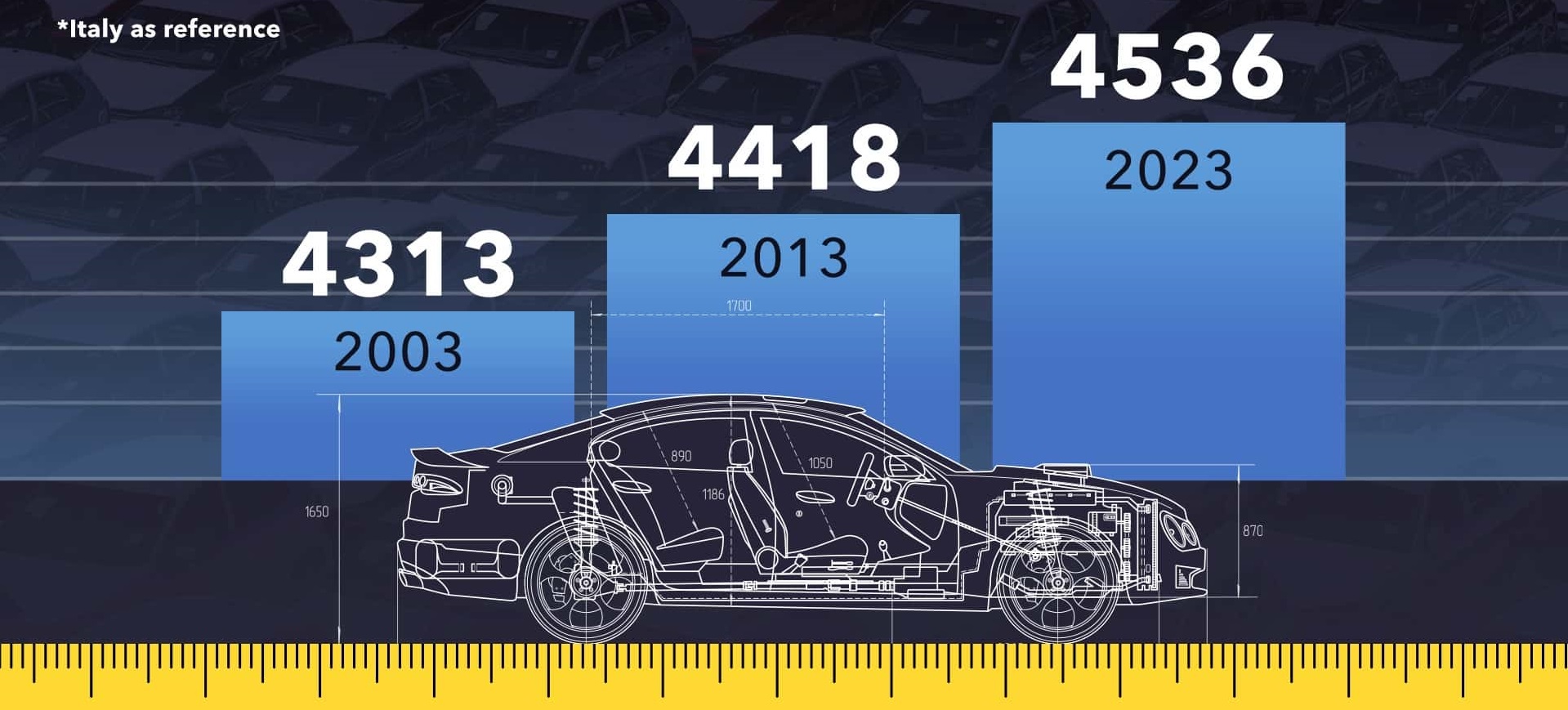
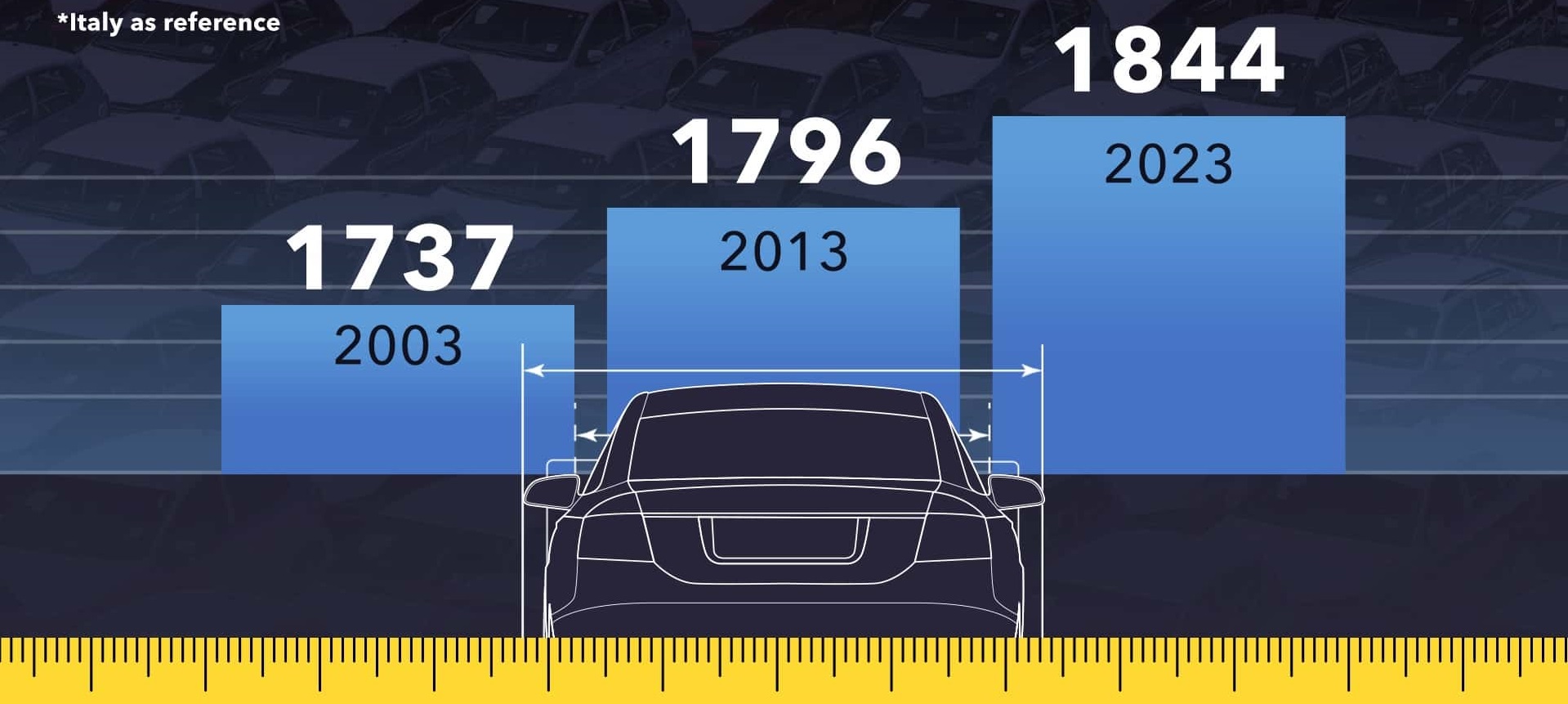
The length and width dimensions of cars in Europe over the past 20 years in mm. Photo: Motor1
In a region that favors smaller cars like Europe, car sizes have also increased significantly. The average length of cars in Europe has increased from 4,313 mm in 2003 to 4,536 mm in 2023. The corresponding width in the same period has increased from 1,737 to 1,844 mm.
There is no denying the benefits that larger cars bring. A more spacious cabin improves passenger experience and significantly enhances cargo-carrying capability. Larger car size combined with heavier weight also contributes to improved safety. However, the narrower roads and potentially deteriorating transportation infrastructure are undeniable limitations.




















